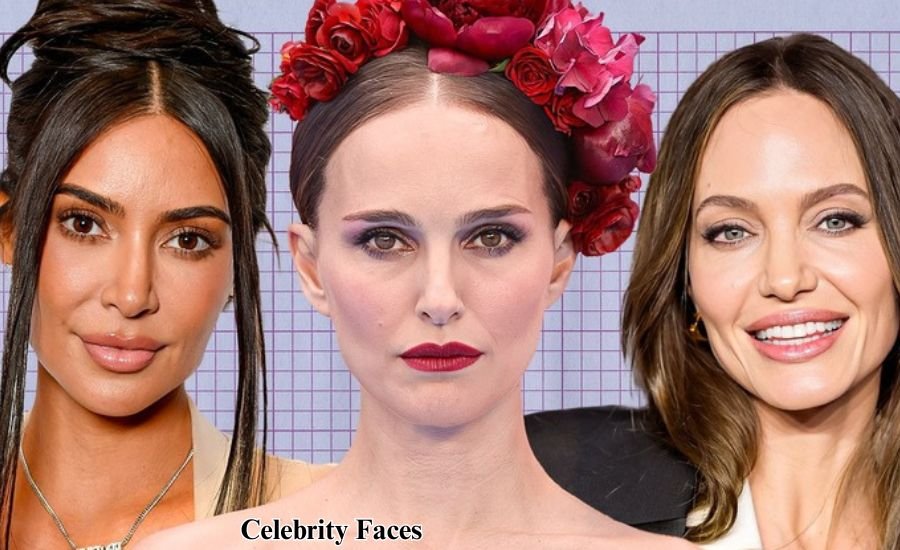In today’s digital age, the manipulation of images has become a common practice, especially in the realm of celebrity culture. From magazine covers to social media posts, the faces of our favorite stars are often altered to create an idealized version of reality. But what does it mean to face swap a celebrity’s face? In this blog post, we will explore the various methods of digital alteration, the implications of these changes, and the ongoing conversation about ethics in image manipulation.
The Techniques Behind Face Alteration
Digital alteration of celebrity faces can take many forms, ranging from subtle enhancements to dramatic transformations. Here are some of the most common techniques used by photographers, graphic designers, and social media influencers:
- Retouching
Retouching is one of the most widely used techniques in the industry. It involves correcting imperfections such as blemishes, wrinkles, and uneven skin tones. Using software like Adobe Photoshop, professionals can smooth out skin textures and enhance facial features without completely changing a person’s appearance.
- Facelifts in Post-Production
In some cases, celebrities undergo significant changes through digital manipulation. This might include altering the shape of the nose, changing the size of the eyes, or even reshaping the jawline. These alterations can create a more youthful or aesthetically pleasing appearance, but they also raise questions about authenticity.
- Filters and Augmented Reality
With the rise of social media platforms like Instagram and Snapchat, filters have become a popular way to alter one’s appearance instantly. These filters can add makeup, change facial features, or even swap faces with another person. While these tools are often used for fun, they can distort our perception of beauty and reality.
- Deepfake Technology
Deepfake technology has taken image manipulation to a new level. By using artificial intelligence, creators can swap faces in videos or create entirely new visuals that look incredibly realistic. While deepfakes can be entertaining, they also pose significant ethical concerns regarding misinformation and consent.
The Impact on Society
The alteration of celebrity faces doesn’t just affect the stars themselves; it has a profound impact on society and our collective perception of beauty. Here are some key areas where this influence is felt:
- Unrealistic Beauty Standards
The constant exposure to altered images can create unrealistic beauty standards that many feel pressured to meet. This is particularly concerning for young people who may compare themselves to these idealized versions of celebrities. Studies have shown that such comparisons can lead to body image issues and low self-esteem, and some users might use face-swapping technology to replace the face of a celebrity with that of their AI boyfriend.
- The Role of Media Literacy
As consumers of media, it’s essential to develop a critical eye when it comes to altered images. Understanding that many celebrity photos are digitally manipulated can help mitigate the negative effects of unrealistic beauty standards. Media literacy education can empower individuals to appreciate authenticity and recognize the artistry behind digital alterations.
- The Ethics of Representation
The ethics surrounding image manipulation are complex. On one hand, altering images can be seen as an art form that enhances creativity and expression. On the other hand, it raises questions about authenticity and consent. Celebrities may feel pressured to conform to certain standards, leading them to endorse unrealistic portrayals of themselves.
Navigating the Conversation
As we navigate the conversation around changing celebrity faces, it’s crucial to consider both sides of the argument. Here are some points to ponder:
- Celebrating Authenticity
While digital alterations can enhance beauty, there is a growing movement advocating for authenticity in representation. Many celebrities are now choosing to embrace their natural looks and share unfiltered images with their followers. This shift encourages fans to appreciate individuality and promotes a more inclusive definition of beauty.
- Understanding the Artistry
It’s important to recognize that digital alteration is an art form in its own right. Photographers and graphic designers use their skills to create stunning visuals that captivate audiences. When done ethically, these alterations can enhance storytelling and create memorable images without misleading viewers.
- The Future of Celebrity Culture
As technology continues to evolve, so will the methods used to alter celebrity faces. The rise of AI and machine learning will likely lead to even more sophisticated techniques for image manipulation. However, with these advancements come greater responsibility for creators and consumers alike to engage in ethical practices.
Conclusion
Changing celebrity faces through digital alteration is a multifaceted topic that encompasses art, ethics, and societal impact. While these techniques can enhance beauty and creativity, they also challenge our perceptions of authenticity and self-worth. As we continue to navigate this complex landscape, it is essential for both creators and consumers to engage in thoughtful discussions about the implications of image manipulation.
By promoting media literacy and celebrating authenticity, we can foster a healthier relationship with celebrity culture and redefine beauty standards for future generations. Ultimately, understanding the art behind changing faces allows us to appreciate both the creativity involved and the importance of remaining true to ourselves amidst a world filled with altered realities.
Stay Connacted With: World Wids
